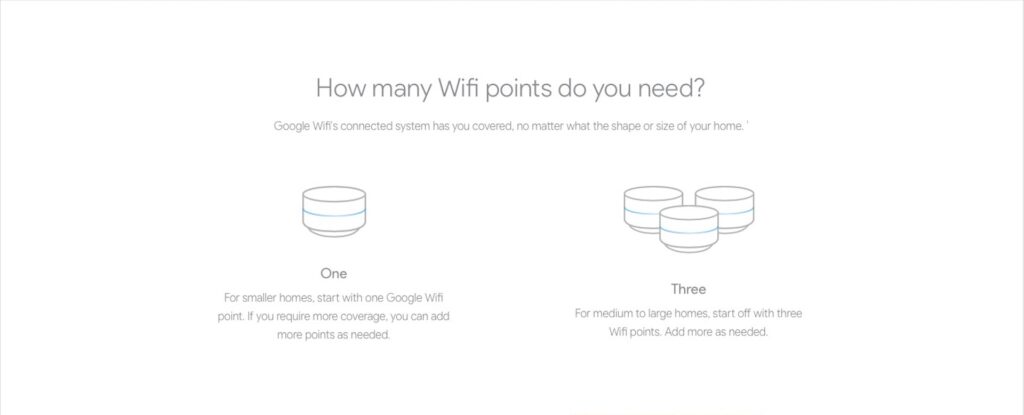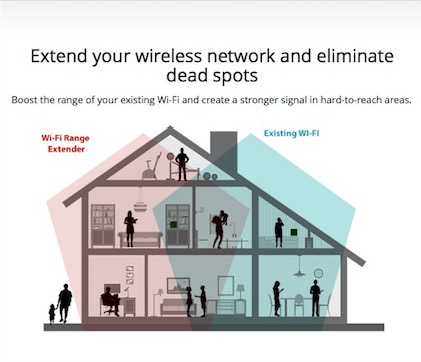Gone are the days where the placement of your computer or laptop was entirely dictated by the location of your modem. Wireless now rules supreme, unparalleled in its convenience for your laptop, tablet, phone or Netflix streaming device. Although it has improved leaps and bounds over the years it can be head-scratchingly frustrating navigating dead zones, drop outs and drops in speed. So, what can you do to solve these problems or at least improve your wireless experience.
Some important things to note. If you’re getting the NBN try to get the installer put the connection in a central location to make things easier. If you have a fair few devices consider buying a dual band router that will let you split them onto the two connection frequencies 2.4Ghz and 5GHz to avoid congestion. Manufacturers also don’t print distances on the box because they can’t guarantee that your infrastructure will allow the signal to travel that distance.
Mesh WiFi: The most expensive option but the best if you wish to remain totally wireless. Mesh systems essentially use a series of access points that connect together simultaneously to blanket your house in WiFi. Similar to range extenders but with added features like hand-off that allows you to roam around seamlessly with the access points passing your device between each other to give you a consistent, fast signal. Right now the best mesh system on the market is Google WiFi which comes in a set of three.

Run a cable: The cheapest and most reliable option is to go old-fashioned and simply run a cable to the dead spot or device that needs it. A cable won’t drop out and will get your device the quickest possible speed it can obtain as cables aren’t prone to interference. The biggest downfall here is that running a cable is not always convenient, especially or possible, especially when it comes to smart phones. So, if isn’t an option for you, what’s next?
Powerline adapters: Not as cheap as running a cable however, just as reliable. Sold in kits with two adapters, these devices use your existing powerlines in your house to send the data. Essentially, it’s the same as running a cable without the potential inconvenience of running a physical cable. The main drawback is that the two adapters need to be on the same power circuit within the house otherwise the connection will simply stop where the first circuit ends and never reach the second.
Range Extenders: One of the more popular choices, range extenders can be hit and miss. One of the biggest misconceptions with extenders is that you can put then in a WiFi dead spot and they will go and collect the signal from the router and bring it over. They work more like a bridge and for best results should be placed at a half-way point between your router and the affected area. They suffer from having to do twice the work of a normal router, by both having to receive the original signal and then resend it. This results in a loss of speed which will be reflected by your devices. Range extenders are probably best for small home with thicker walls that just need a small boost in signal strength to a particular area.

Unfortunately there is no one-size-fits-all way to guarantee improved wireless coverage in your house. Sometimes you have to get creative, or sacrifice the beauty of a wire free house for performance. If you really want to stream TV in your favourite room then sometimes compromises need to be made, but a spoiler-free viewing of Game of Thrones should make it all worth it.

